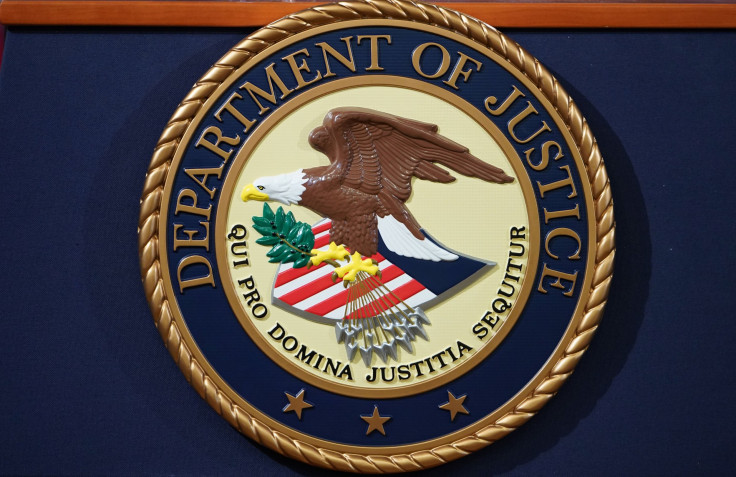Bank Merger Activity Picks Up After Spring Lull But Uncertainties Pose Risks

KEY POINTS
- During the summer of 2019, about 25 to 30 bank mergers were announced each month
- The largest recent bank merger was announced in early July when Bridge Bancorp agreed to merge with Dime Community Bancshares
- Bank mergers had practically disappeared during April and May
After a pandemic-related freezeout, merger activity among U.S. banks has seen an uptick. S&P Global Market Intelligence reported August witnessed nine merger agreement announcements among banks, a jump from the six reported in each of June and July.
In contrast, during the summer of 2019, about 25 to 30 bank mergers were announced each month. Moreover, most of these recent deals involved relatively small banks, or banks snapping up local competitors. Most of the tie-ups had been discussed prior to the emergence of COVID-19.
The largest bank deal announced in August – Enterprise Financial Services’ (EFSC) pact to acquire Seacoast Commerce Banc Holding – was valued at an estimated $158 million. Seacoast has assets of about $1.29 billion, making it the largest “target” among bank takeovers during August.
Some banks are particularly seeking cost-savings during a recessionary climate and that factor can outweigh any perceived risks.
"When you have compressing margins, which have been enhanced by the pandemic … that part of the pandemic has driven banks to say, 'We need scale and efficiencies to offset [margin compression],'" said Kirk Hovde, managing principal and head of investment banking for Hovde Group LLC.
One deal from August involved banks from opposite sides of the country: Los Angeles-based Broadway Financial Corp. (BYFC) agreed to merge with CFBanc Corp. of Washington, D.C. This transaction – it was considered a “merger of equals” – was unusual in that it will result in the country’s largest Black-led minority depository institution.
"That is a completely different transaction,” said Hovde. “That one makes sense to get scale because there aren't that many [Black-led] banks, so it makes sense to partner ... because you don't have a lot of those in overlapping markets.”
The largest recent bank merger was announced in early July when Bridge Bancorp Inc. (BDGE) agreed to merge with Dime Community Bancshares (DCOM) in a transaction valued at approximately $489 million. The combined company will have more than $11 billion in assets.
But bank mergers practically disappeared during April and May.
"That need for scale, cost-spreading, the need for efficiency, the need to seize opportunity -- all those things that drive [banking] M&A were overwhelmed in March and April with the cloud that brought along asset quality and general uncertainty,” attorney James Stevens said. “As that cloud of asset quality and other general uncertainty dissipated a little, those drivers that were there before are still there and are maybe even more enhanced.”
Now, more bank mergers are likely.
"We saw some deals go on ice and now they are coming back to life,” Stevens said. “We have also seen some new deals coming up, and I think it's [due to] the perception of less uncertainty,"
But Hovde also expressed some caution.
"Banks are a little more confident and optimistic than they were six months ago, but the tough part is that there is an election a couple months from now," he said. "Some of the larger parties I talk to that have been serial acquirers, they have said, 'I can't do anything of scale. My investors would kill me and question what I'm doing.'"
Both Hovde and Stevens said M&A activity may accelerate by the end of the year or early 2021.
"As there is more certainty and we get more of an understanding of where we are with asset quality, the interest rate environment and from a political standpoint after the election, all those uncertainties become more certain," Stevens said. "You'll start to see more strategic, out-of-market transactions after that."
Greg McBride, chief financial analyst at Bankrate.com, told International Business Times that with low interest rates squeezing margins and loan losses expected to rise, there is a premium on scale in the economics of banking.
“Smaller community banks, in particular, will see further consolidation – a trend that has been in play for years but like so many things, is likely to accelerate in the wake of COVID,” he said.
David I. Kass, clinical professor of finance at the University of Maryland, also expects bank merger activity to increase in the weeks and months ahead as the economy continues to recover from the lockdowns and reduction in economic activity resulting from COVID-19.
“Since the mergers would be reviewed by the Department of Justice for possible antitrust violations, they would most likely include small and medium-sized banks,” Kass told IBT.
Separately, the U.S. Justice Department recently said it is seeking comments from the public on whether it should amend its rules for examining bank mergers over antitrust matters – rules that have not been changed in a quarter-century.
“Innovative emerging technologies are disrupting traditional banking models and introducing new competitive elements to the financial sector,” Justice Department antitrust chief Makan Delrahim said in a statement. “As part of the division’s increased attention to modernizing our competitive analysis of financial services markets, we are examining whether the 1995 banking guidelines need updating to reflect our evolving economy.”
© Copyright IBTimes 2025. All rights reserved.





















